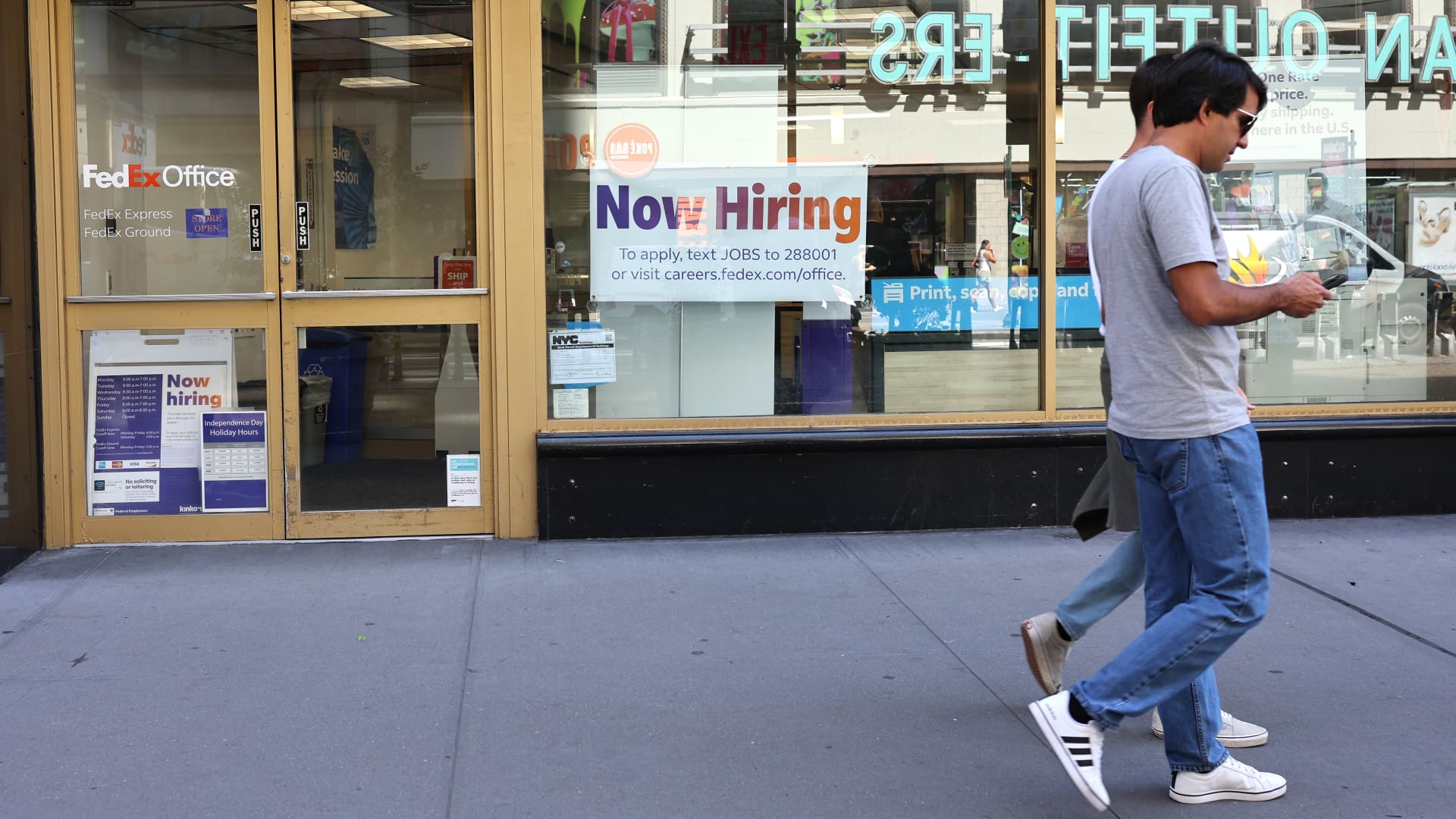As the Senate weighs President Donald Trump‘s multi-trillion-dollar spending package, a lesser-known provision tucked into the House-approved bill has pushback from Wall Street.
The House measure, known as Section 899, would allow the U.S. to add a new tax of up to 20% on foreigners with U.S. investments, including multinational companies operating in the U.S.
Some analysts call the provision a “revenge tax” due to its wording. It would apply to foreign entities if their home country imposes “unfair foreign taxes” against U.S. companies, according to the bill.
“Wall Street investors are shocked by [Section] 899 and apparently did not see it coming,” James Lucier, Capital Alpha Partners managing director, wrote in a June 5 analysis.
More from Personal Finance:
The average 401(k) savings rate hit a record high. See if you’re on track
On-time debt payments aren’t a magic fix for your credit score. Here’s why
With ‘above normal’ hurricane forecasts, check your home insurance policy
If enacted as written, the provision could have “significant implications for the asset management industry,” including cross-border income earned by hedge funds, private equity funds and other entities, Ernst & Young wrote on June 2.
Passive investment income could be subject to a higher U.S. withholding tax, as high as 50% in some cases, the company noted. Some analysts worry that could impact future investment.
The Investment Company Institute, which represents the asset management industry serving individual investors, warned in a May 30 statement that the provision is “written in a manner that could limit foreign investment to the U.S.”
But with details pending as the Senate assesses the bill, many experts are still weighing the potential impact — including who could be affected.
Here’s what investors need to know about Section 899.
The second part of the measure would expand the so-called base erosion and anti-abuse tax, or BEAT, which aims to prevent corporations from shifting profits abroad to avoid taxes.
“Basically, all businesses that are operating in the U.S. from a foreign headquarters will face that,” said Daniel Bunn, president and CEO of the Tax Foundation. “It’s pretty expansive.”
The retaliatory measures would apply to most wealthy countries from which the U.S. receives direct foreign investment, which could threaten or harm the U.S. economy, according to Bunn’s analysis.
Notably, the proposed taxes don’t apply to U.S. Treasuries or portfolio interest, according to the bill.
If enacted as drafted, Section 899 could raise an estimated $116 billion over 10 years, according to the Joint Committee on Taxation.
That could help fund other priorities in Trump’s mega-bill, and if removed, lawmakers may need to find the revenue elsewhere, Bunn said.
However, House Ways and Means Republicans may ultimately want foreign countries to adjust their tax policies before the new tax is imposed.
“If these countries withdraw these taxes and decide to behave, we will have achieved our goal,” Smith said in a June 4 statement.


 Blog Post1 week ago
Blog Post1 week ago
 Economics1 week ago
Economics1 week ago
 Finance1 week ago
Finance1 week ago
 Personal Finance1 week ago
Personal Finance1 week ago
 Accounting1 week ago
Accounting1 week ago
 Economics1 week ago
Economics1 week ago
 Personal Finance6 days ago
Personal Finance6 days ago
 Personal Finance1 week ago
Personal Finance1 week ago











